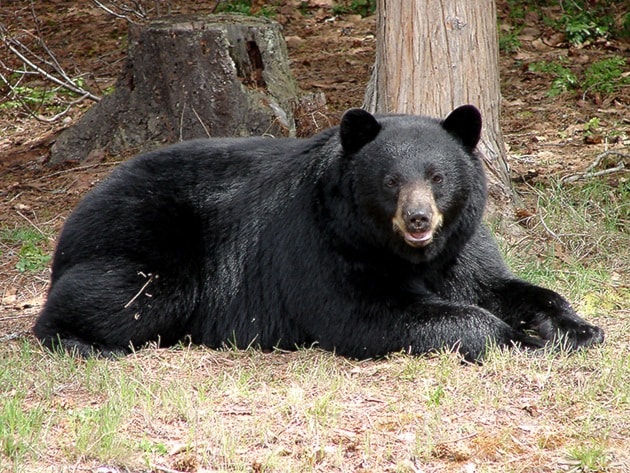Ministry of Environment
VICTORIA – With summer on its way, British Columbians are not the only ones getting ready for the warm weather. Bears are coming out of hibernation and other animals, such as cougars and coyotes, are becoming more active, increasing the chance of human-wildlife encounters.
To prevent human-wildlife conflicts, British Columbians need to do their part by putting away food attractants including improperly stored garbage, bird seed and pet food. Access to these non-natural food sources is the main cause of human-wildlife conflicts in B.C.
Bears emerging from hibernation are looking for food and will quickly learn how to get at convenient food sources. This leads to food-conditioned behaviour and increases potential conflicts with people.
Whether it is a dirty barbecue or food scraps in composts, bears need to locate food only once to develop a feeding pattern and will continue to return to the area.
Other animals, such as young cougars, roam wide in search of unoccupied territory, increasing their chances of wandering into residential communities, parks and campgrounds. Coyote pups are born in the spring and by July, are attempting to hunt on their own.
It's important that you know what to do when you encounter wildlife such as bears, cougars, coyotes and wolves in urban areas:
• Do not provide food to wildlife.
• Remain calm and never approach the animal.
• Always keep the animal in front of you (never turn your back) and back away slowly (never run).
• Keep children and pets close or pick them up. If possible, bring children and pets indoors.
If the animal appears interested in you or approaches:
• Make yourself look as large as possible by waving your arms above your head.
• Make loud noises, shout at the animal in a loud, aggressive voice or bang pots and pans and throw objects like rocks and sticks.
Communities where attractants are managed properly have seen a decline in related human-wildlife conflicts and in the number of animals destroyed.
For advice on reducing conflicts with wildlife such as bears, cougars, coyotes and deer visit the WildSafeBC website at: http://www.wildsafebc.com/front
